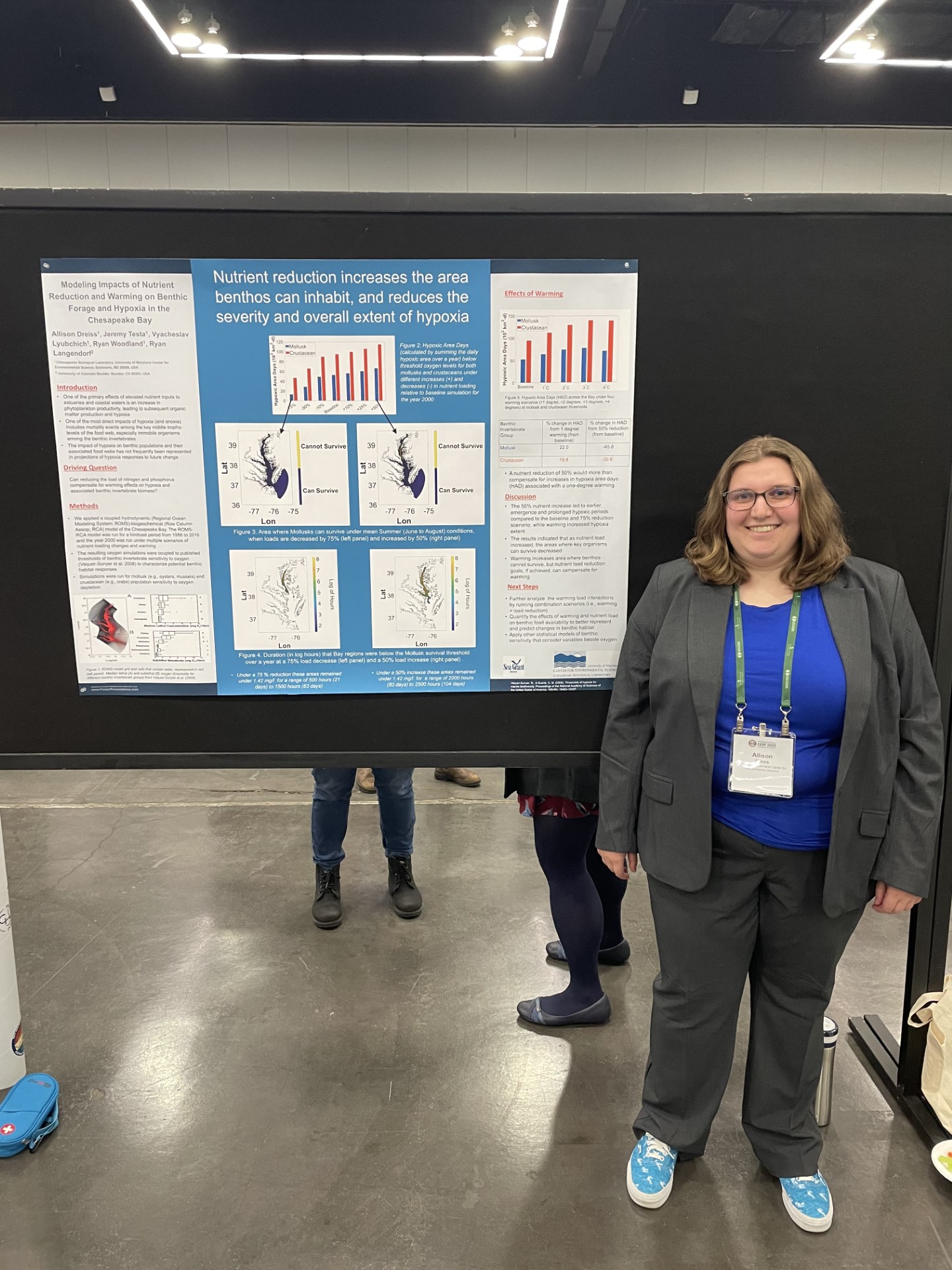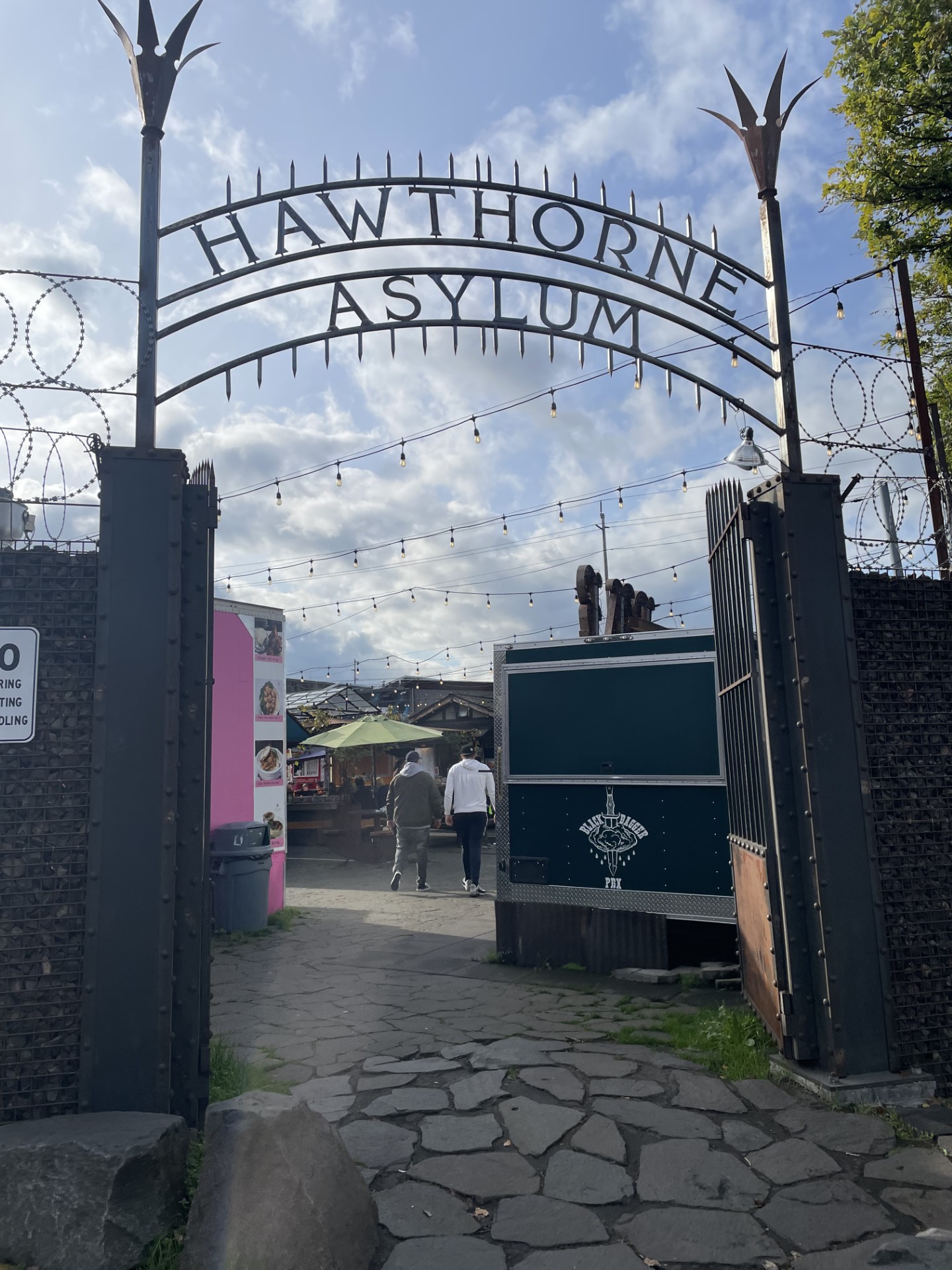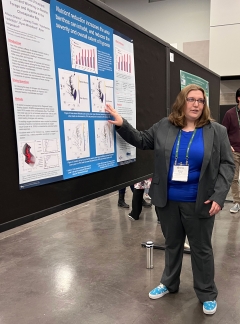Knauss legislative fellowships in Congress help build careers — and they're fun and educational. See our video and fact sheet for details.
The Many Sides of Being a Modeler
One thing I learned this summer is modeling has its struggles and frustrations. Yet, once you get through these struggles, the rewards are worth it.
A "modeler" in science refers to someone who creates models to simulate or represent complex systems, phenomena, or structures. For instance, climate scientists use models to simulate global climate patterns, while physicists might create models to understand particle interactions. My model involves understanding how dead zones (areas with no or low oxygen within the Chesapeake Bay) will change with future warming and nutrients and how this will impact benthic community populations. Benthic communities, also called benthos, consist of organisms that inhabit the bottom substrates of estuaries. They play a vital role in maintaining sediment and water quality and are important food sources.
I spent most of my summer trying to get my model to run properly. Despite running the same code as my advisor’s former PhD student, I was getting different results. Each solution my advisor and I attempted seemed to raise new questions. After nearly two and half months of troubleshooting, we got the model to work and I was able to complete my nutrient and temperature scenarios. I used the scenarios to explore the vulnerability and areas of survival for several benthic communities.

My research mainly focuses on mollusks and crustaceans in the Chesapeake Bay. Mollusks begin to die when oxygen drops below 1.42 mg/l, and crustaceans cannot survive when oxygen is below 2.45 mg/l. I used my model to track the areas where oxygen concentrations dropped below these threshold values. I mapped those areas to understand where mollusks and crustaceans could live in the Chesapeake Bay during future climate change. To no surprise, the more we reduce nutrients entering the Chesapeake Bay, the better the oxygen levels—and the more areas where benthos could potentially survive. However, with warming, oxygen levels worsen and there are fewer areas of the Bay where benthos could potentially survive.
Once most of my analysis was finished, I began building a scientific poster for my first conference. I had never been to a national conference before, and it had been over a decade since I was last on the West Coast. So, I was surprised when my advisor suggested I attend the Coastal and Estuarine Research Federation (CERF) conference in Portland, Oregon. I knew it would be a good experience because I needed to work on my presentation and networking skills. After a couple weeks of trial and error with the layout of my poster, it was ready.
One theme people mentioned to me about the CERF conference is the friendliness and kindness attendees show toward each other. Of course, you do not always believe something until you see it yourself. But after the poster session where I presented my research, I understood. A poster session can be fun but also very intense and awkward. Standing there, making eye contact with someone while they read your poster, and waiting for them to ask you a question can be stressful. To my surprise, I did not really experience that. I had plenty of people ask me to walk them through my poster. It was interesting to meet other students who were doing similar research, like modeling hypoxia and working with benthos. I also spoke with professors who offered great ideas for expanding and continuing my project.

Once my poster session was over, I felt like a weight had been lifted off my shoulders. I could focus on the rest of the conference and explore the Portland area. Portland was full of fun places to get great food, such as the Hawthorne Asylum, Bao Bao, and Food Cart Corner. The conference itself provided cool and unique sessions, such as Artistic Pathways to Scientific Understanding, Fish and Shellfish, Estuarine and Coastal Modeling, and Understanding Climate Change.
As a researcher and modeler, I have learned to wear many different hats. Many days, I’m at a computer analyzing data or puzzling over code to correct a model that’s not working as expected. But there are also times when I need to stand in front of a crowd and share my work. To be a successful modeler requires patience and persistence. It’s also important that I get comfortable discussing my research with different audiences. The CERF conference was a great introduction to that aspect of my work. People were truly friendly, I improved my presentation and networking skills, and I got to see some cool places within the city. The experience set my expectations and excitement high for my next conference.
See all posts to the Fellowship Experiences blog

